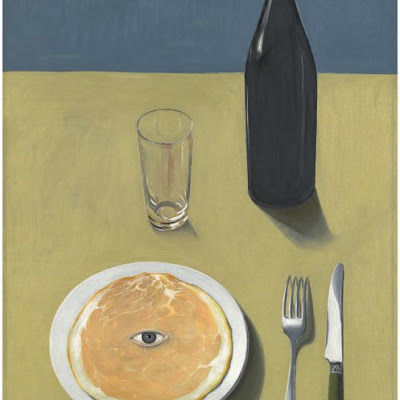Since time is pressing, we'll read three stories for Tuesday, but I'm not worried if you don't get all three read. Read as much as you can, but at least read two of them. Or read them all! :) We just don't have time to discuss each and every one, sadly.
Answer TWO of the following:
Q1: In “The Five Orange Pips,” Watson recalls a list he once made (in an
earlier Holmes novella, The Sign of Scarlet), of Holmes’ skills and
defects, admitting that he knows only a little Botany, random Chemistry, but
everything possible about criminal literature. We also see Holmes resorting to
an encyclopedia to learn about the Klu Klux Klan. Is Watson (or Doyle) trying to demystify Holmes in these stories? Is he becoming more of a man and less of a myth?
Q2: In “The Red-Headed League,” Holmes tells Watson, “the
more bizarre a thing is the less mysterious is proves to be. It is your
commonplace, featureless crimes which are really puzzling, just as a
commonplace face is the most difficult to identify.” Does this theory hold up
in the mystery of the “Red-Headed League?” If so, what might this suggest about
the psychology of criminals—and the reason they often get away?
Q3: In many ways, “The Five Orange Pips” could almost be a
ghost story in the vein of “The Tell-Tale Heart” or “The Monkey’s Paw.” What
does it have in common with these stories, and do you think Doyle ‘shifts’ the
story away from the supernatural elements? Or does he affirm it by the end of the
story? Consider, too, that this is one of Holmes’ rare failures—at least in the
sense of bringing the criminals to justice.
Q4: How might "The Man With the Twisted Lip" by a kind of Jekyll and Hyde story without the scientific or supernatural element? Why might both stories (or Frankenstein, for that matter) deal with some of the deepest and darkest taboos of English society? Note, too, that it's another story of a "crime without a crime."
Q5: At the end of “The Red-Headed League,” Watson calls
Holmes a “benefactor of the race.” But he waves this off, saying merely that
“man is nothing, work is everything” (to translate from the French). What do
you think he means by this? How might this reveal an important aspect of
Holmes’ character, particularly if we consider him a precursor to the
modern-day superhero?







